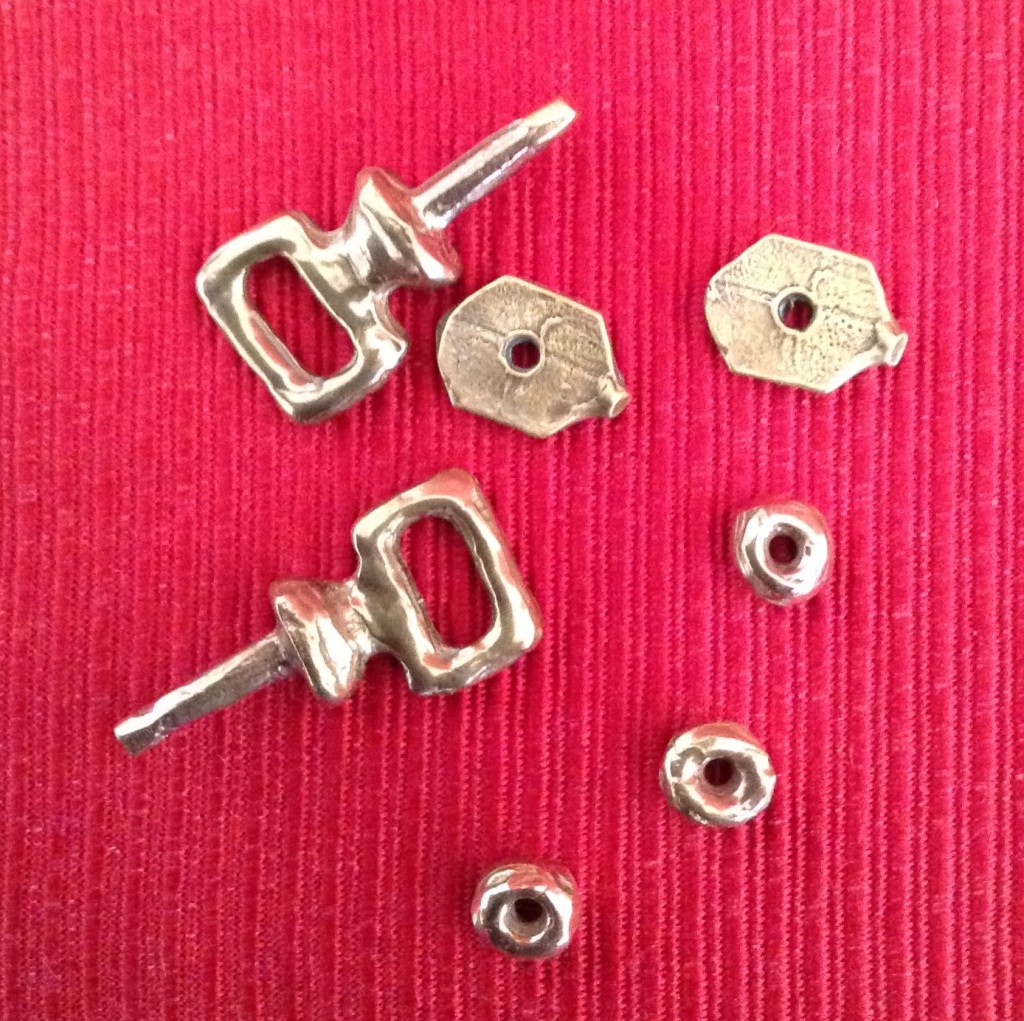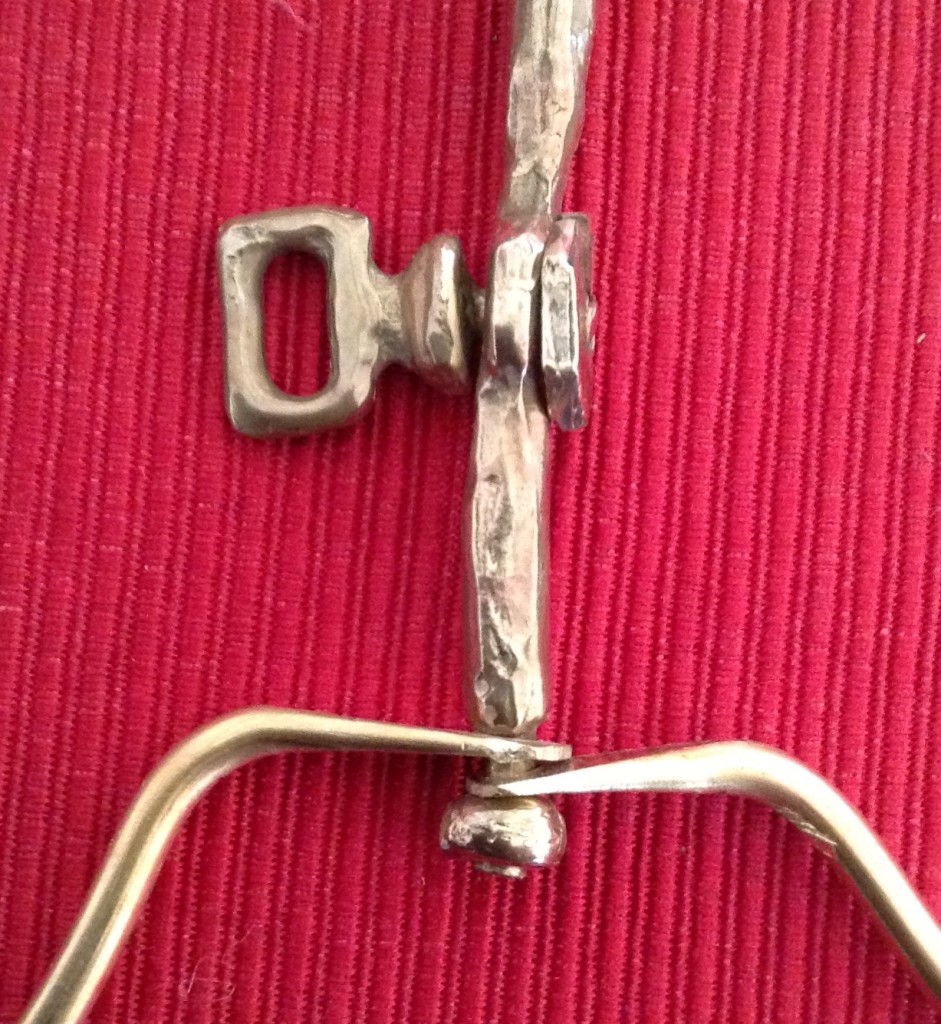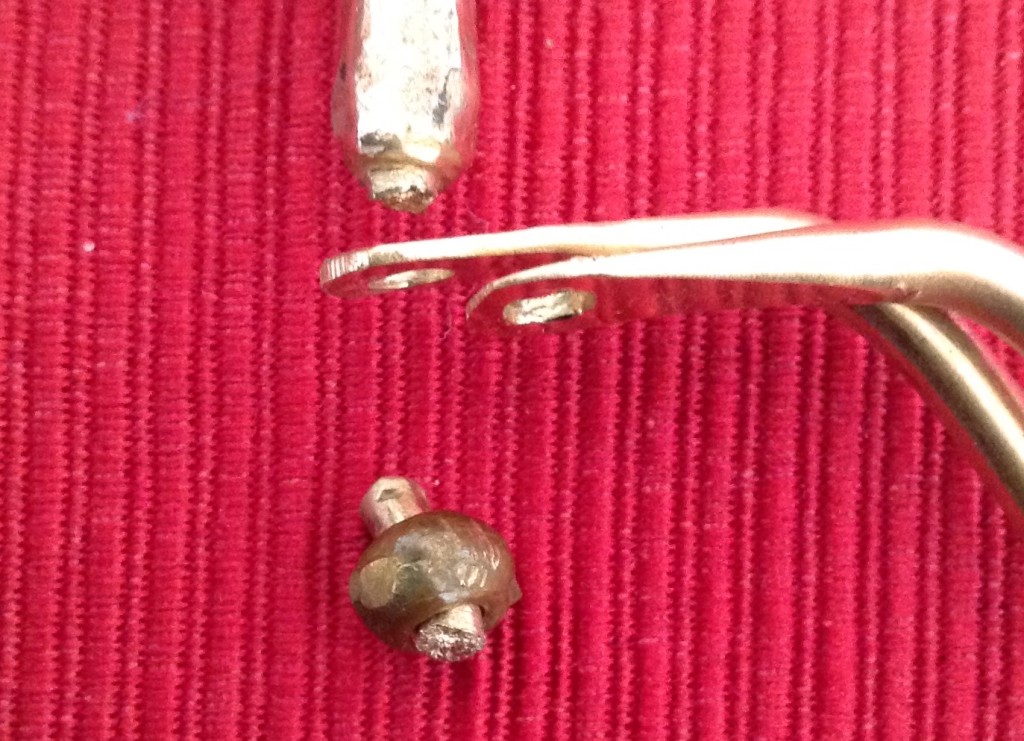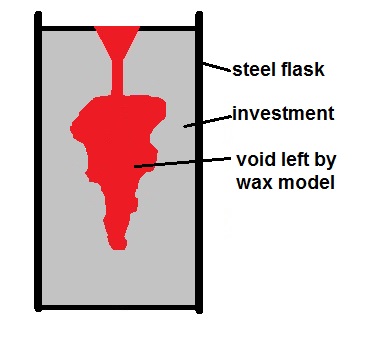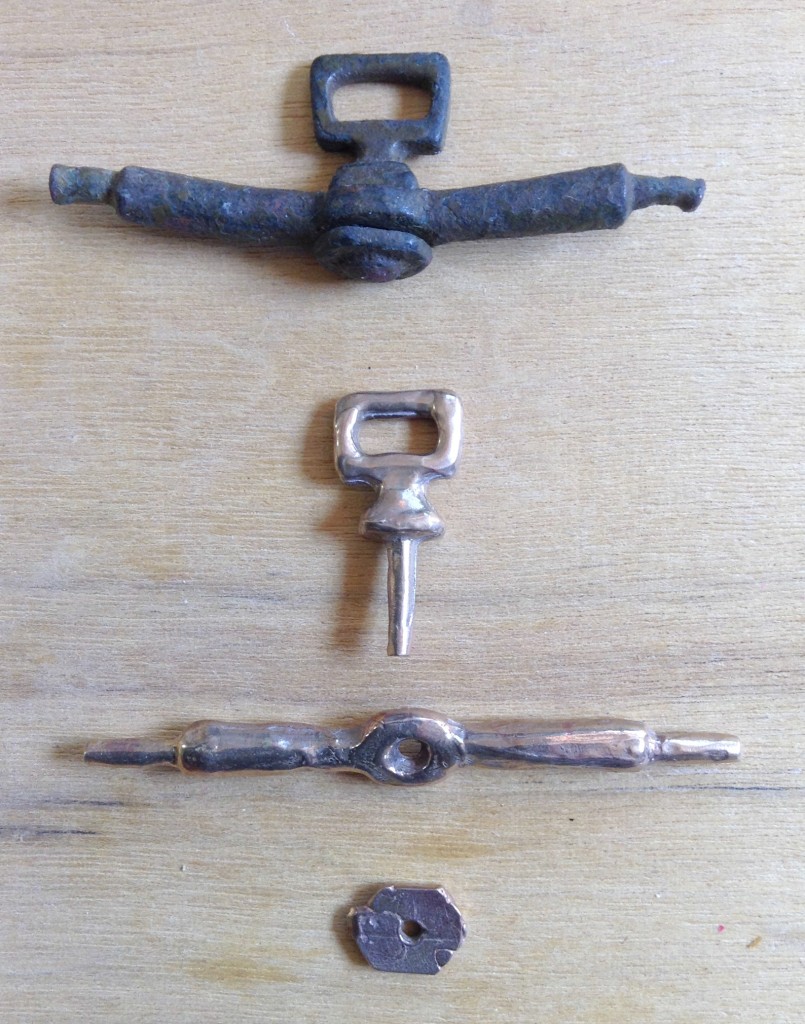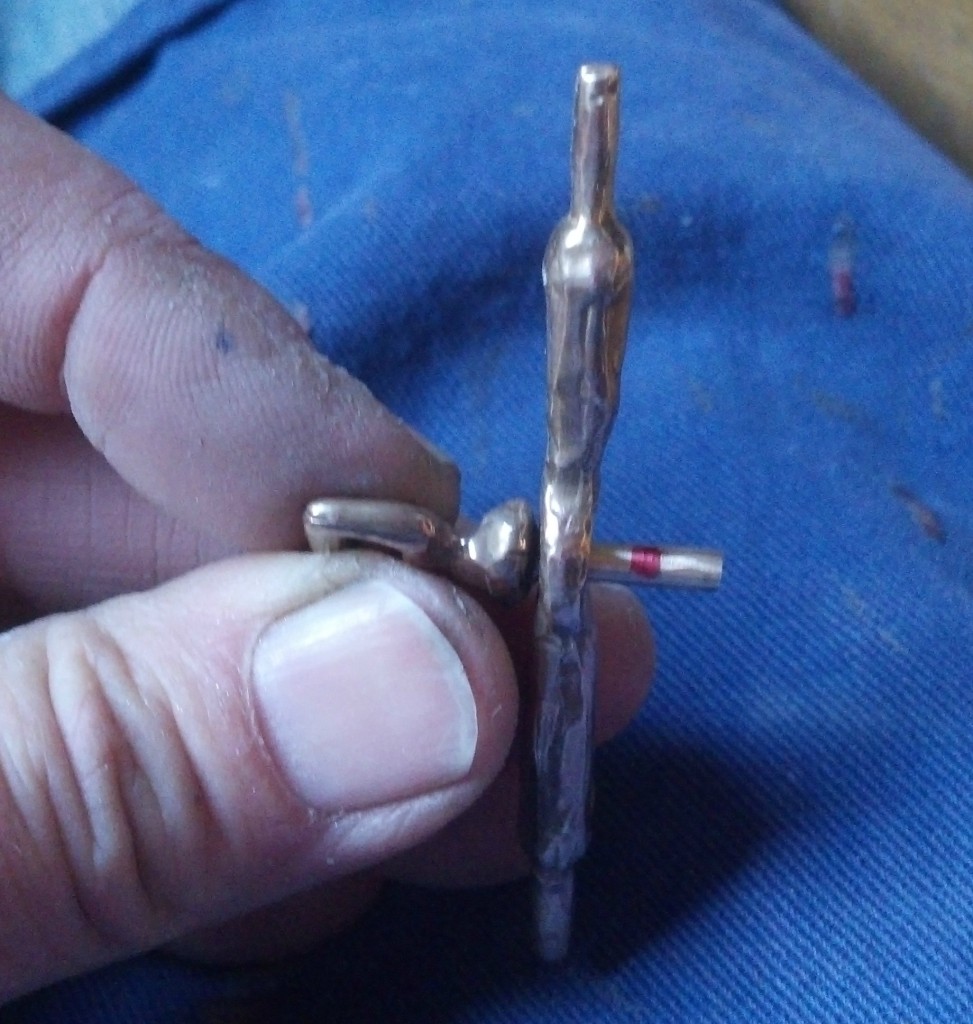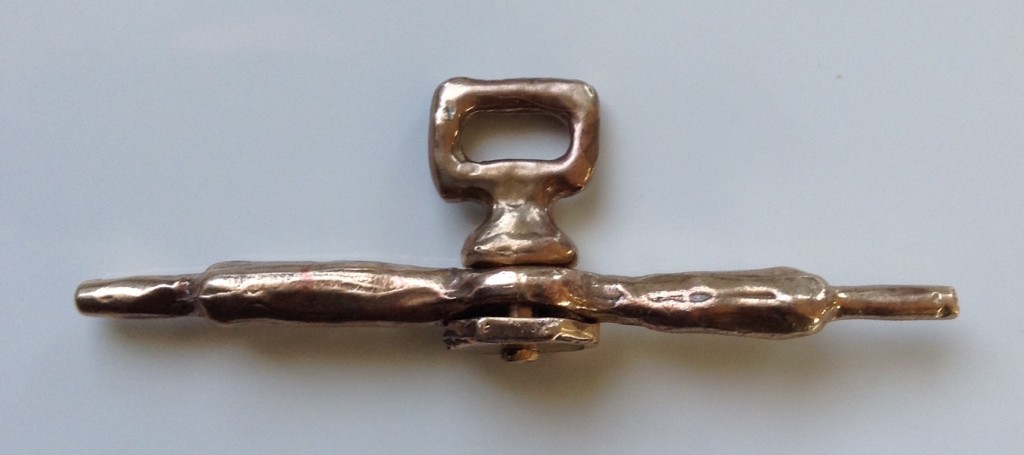2016 marked the posting of another 50 blogs on my site! That’s right, I missed exactly two weeks during the entire year, not bad, if I do say so myself! That brings the total number of blogs that are available on my site to 219. The topics vary from camping, to metal working, Medieval Cooking, and researching, and just about everything in between.
This year was the year of long blog series, with five of my series having five or more blog entries. A lot of times they didn’t start out that way, but there really was just too much to say! You can easily search my complete collection by either topic or by the year and month. Just go to www.eirny.com and scroll down the page. The right hand column will have a list of the five most recent blogs, followed by a search box for viewing the blogs by month, a newsletter sign up (yes, I also do a weekly newsletter with relevant pre-1600 archaeological finds and news), two collections of links, and then a long list of the categories that the blogs are listed in. Just click on a category the list of blogs.
Choosing a favorite blog series is sort of like trying to decide which of my pets I like best, not an easy thing. But if I had to chose my favorite TWO long series, I would choose “Purses”, and “Vardos and Their Cousins”. Both of these series were a LOT of fun to write, and the Facebook commentary was fun and interesting to participate in for both of them.
Purses was the longest of my blog series this year, with a total of 12 blogs. It chronicled my experimentation with making a purse frame, from research and understanding how they worked and were worn, through actually making a frame myself. It was a very interesting journey, and I plan to do more work on purses frames again this year.
Purses Part 2: My First Attempt At A Purse With A Frame
Purses Part 3: Understanding The Basics of a Purse Frame
Purses Part 4: What The Clues Tell Us and More About Purse Forms
Purses Part 5: What Other Forms of Purse Frames Do We Find?
Purses Part 6: The Tip Of The Iceberg
Purses Part 7: Back Down To Earth
Purses Part 8: Where Do We Go From Here
Purses Part 10: Time For Purse Frame Rings
Purses Part 11: Finishing Up The Frame
Purses Part 12: How Were Purses Used Historically
Vardos and Their Cousins had a total of five blogs in the series. It really brought home the variety of Vardos and other trailer based constructs that there are in use in the SCA.
And not to be outdone, this lonely little blog: All Rulers Are Not Created Equal, was probably the most relevant to all folks who do ANY sort of craft that ever uses a ruler.


